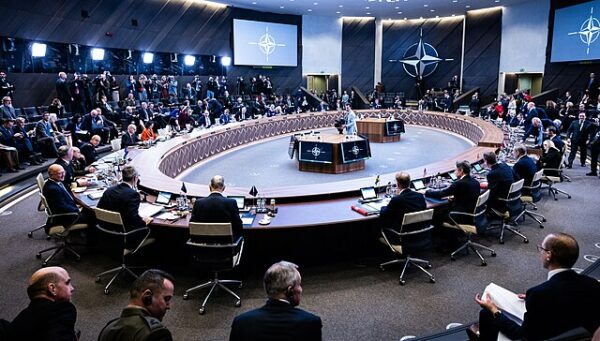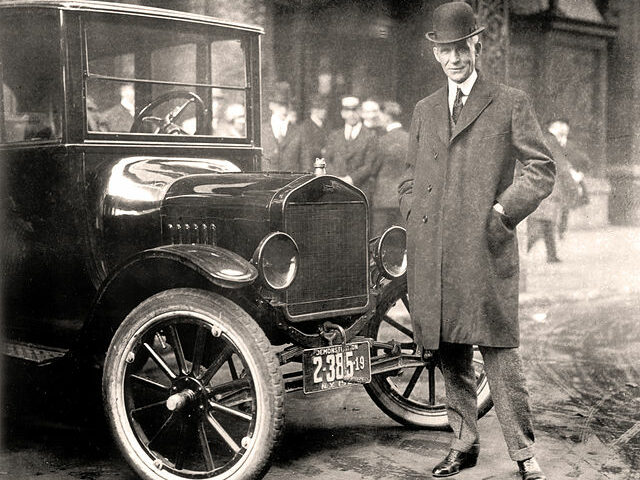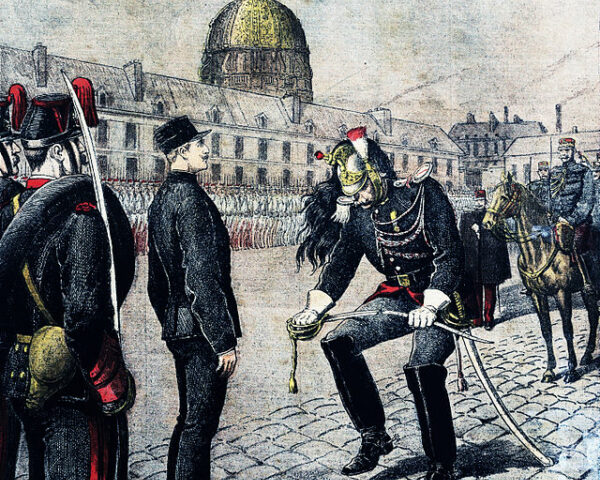On April 4, 1949, the creation of North Atlantic Treaty Organization (NATO) marked a pivotal moment in international relations and global security. Emerging from the tumultuous aftermath of World War II, NATO was founded on the principles of collective defense, mutual assistance, and the preservation of peace in the face of the rising threat of Soviet expansionism.
NATO was a response to the growing tensions of the Cold War. The specter of Soviet influence loomed large over Western Europe, prompting countries to seek a unified defense strategy against the perceived communist threat. Under the leadership of the United States, Canada, and Western European nations, NATO was established as a defensive alliance aimed at deterring Soviet aggression and safeguarding the freedom and security of its member states.
At its core, the NATO treaty embodied a commitment to collective security. Article 5 of the treaty, in particular, became the cornerstone of the alliance’s defense strategy. It stipulated that an attack on one member would be considered an attack on all, obligating member states to come to each other’s aid in the event of aggression. This mutual defense clause served as a powerful deterrent against potential adversaries and provided a sense of reassurance to member states.
The creation of NATO also reflected a broader shift in international relations towards multilateralism. Recognizing the limitations of unilateral action in addressing global security challenges, NATO represented a concerted effort by like-minded nations to forge a common defense strategy based on shared values and interests. By pooling resources, coordinating military efforts, and conducting joint exercises, member states sought to enhance their collective security posture and promote stability in the Euro-Atlantic region.
Moreover, NATO’s establishment laid the groundwork for transatlantic cooperation and partnership. The inclusion of the United States and Canada alongside European allies underscored the importance of transatlantic solidarity in confronting common security threats. Through regular consultations, diplomatic engagements, and military cooperation, NATO fostered a robust network of alliances that transcended geographical boundaries and ideological divides.
In the decades that followed its creation, NATO played a central role in shaping the geopolitical landscape of the Cold War era. From the Berlin Crisis to the Cuban Missile Crisis, the alliance stood as a bulwark against Soviet expansionism and helped maintain the delicate balance of power between East and West. Its presence served as a symbol of Western resolve and unity in the face of external pressures.
Beyond its immediate security implications, NATO’s influence extended far beyond the confines of the Euro-Atlantic region. As a cornerstone of the post-war international order, NATO set a precedent for collective security arrangements and paved the way for the proliferation of similar alliances around the world.






